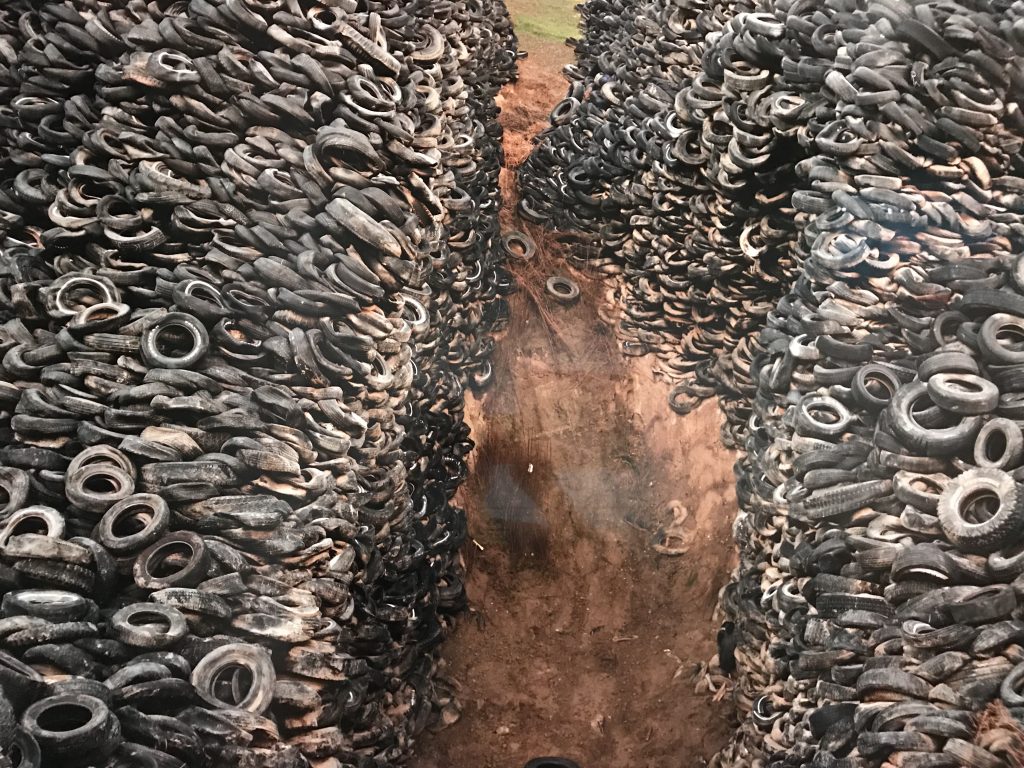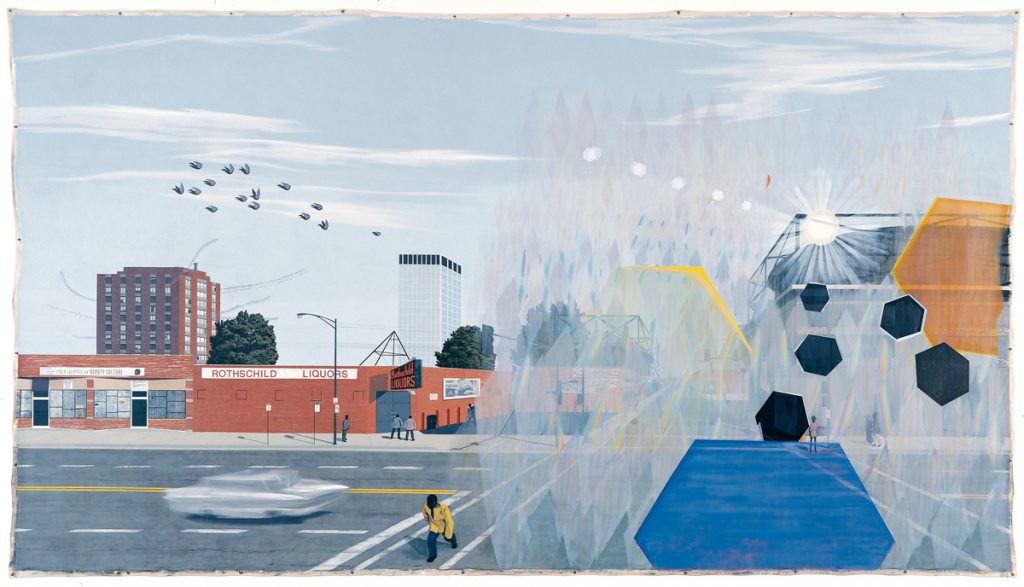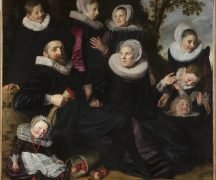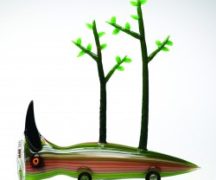By DAVID DUPONT
BG Independent News
The automobile is ubiquitous. Anyone wanting to get away from cars will probably have to use one to make that journey.
“Life is a Highway: Art and American Car Culture,” opening tomorrow (Saturday, June 15) at the Toledo Museum of Art, reflects on how the automobile came to dominate our lives. It is, according to the museum, the first major museum exhibit to focus on the car. While undoubtedly a celebration, it also reflects on the technology’s dark side.
Early on photographer Ralph Steiner lovingly captured close-up details of cars.
Photographers, curator Robin Reisenfeld said, were the first to treat automobiles as beautiful objects. For them they were signs of technological innovation. Both technologies came into their own at the same time. Not surprisingly then, photographs play a large role in the exhibit.

The exhibit includes photos of road trips, and the mechanical breakdowns that come with them. Gordon Parks shows a young man learning how to change a tire as the rest of the family looks on.
Those journeys aren’t just family adventures but represent family disasters. Painter Thomas Hart Benton depicts fictional Joads from “Grapes of Wrath” as they are about to head west, and photographer Mary Ellen Mark captures an image of a homeless family packed into their car.
We see the roadside attractions and the world in motion and then it comes to a deadly stop.
Andy Warhol’s “5 dead (Red)” appropriates a newspaper photo of an accident too grisly to run in any newspaper now.

“Life Is a Highway,” with a name borrowed from Tom Cochrane’s rock anthem, serves as a Rorschach test for viewers’ feelings about cars.
Car buffs will move through the exhibit like birders in the woods noting the make, model, and year of the vehicles.
People have found in cars the vehicles for both personal and cultural expression, Reisenfeld said. That’s evident in the images of cars and vans decorated in Native American style in the print by Apsáalooke artist Wendy Red Star.
Lovers of pop culture will revel in the images of highway-scapes from Stuart Davis’ 1931 painting “Landscape with Garage Lights” to John Baeder’s photo realistic masterpiece “Stardust Motel.”
Reisenfeld said she wanted the show to be rooted in the centrality of the auto industry to the Midwest. Charles Sheeler captures majestic views of Ford’s River Rouge Plant.
Yet, not far away, a clip from Charlie Chaplin’s “Modern Times” runs, mocking the dehumanization of the assembly line.
The way the car has changed the terrain is evident in many works. Two local artists, Lynn Whitney and Charles Kanwischer, are represented with stark black and white images of construction projects.
That section of the exhibit speaks to the legacy of car culture on the landscape. Roger Brown takes a sardonic look at the sameness of suburbs and “the imposition of the manmade structures on the landscape,” Reisenfeld said. Another work by Brown, “City Expanding,” evokes a city getting more crowded with residents who are ever more isolated.

A starker vision of the environmental degradation automobiles have wrought is seen in Edward Burtynsky’s photo “Oxford Tire Pile #8,” where the mass of abandoned rubber inspires both awe and revulsion.
The way the automobile has shaped cities in a way that often displaces the pedestrian is evident as well. A solitary figure rendered in ghostlike white crosses in front of a red truck in George Segal’s “The Red Light.”

Kerry James Marshall’s “7am Sunday” serves as something of a rebuke to the sunny pop culture cheer of “Stardust Motel.” Marshall paints a neighborhood in Chicago, the institutions are there, the liquor store, the beauty shop, and, almost lost in the glare, a church. But it is four-lane highway that cuts across the foreground that dominates. A man strides across the street as a blurred vehicle approaches.
The museum is planning a series of lectures, film screenings, and car shows to further explore the car’s reach.
With more than 100 works both from the museum’s own collection and on loan from other museums and private collectors, “Life Is a Highway” immerses viewers in the world the automobile shaped. The range of the work displayed and the reach of the ideas explored, makes this exhibit well worth a summer road trip to Toledo.





